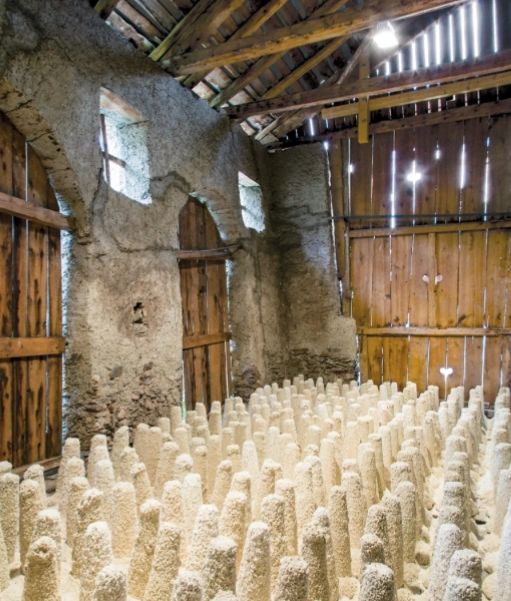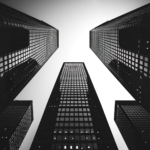Born in Sent, Engadin, Switzerland, in 1948, Not Vital is what we could define as a “gypsy artist.”: While extensively traveling the world, he lives and works in Beijing (China), Rio de Janeiro (Brazil), and Sent (Switzerland). Nonetheless, Vital keeps a very close bond to his birth region, Sent, a small village in the Lower Engadin, part of the Grisons (Graubünden) where he spent his childhood and where he has his Studio, the Planta Haus in Ardez, his Foundation with an impressive sculpture park, and the Tarasp Castle, acquired from the Hessen family in March 2016.
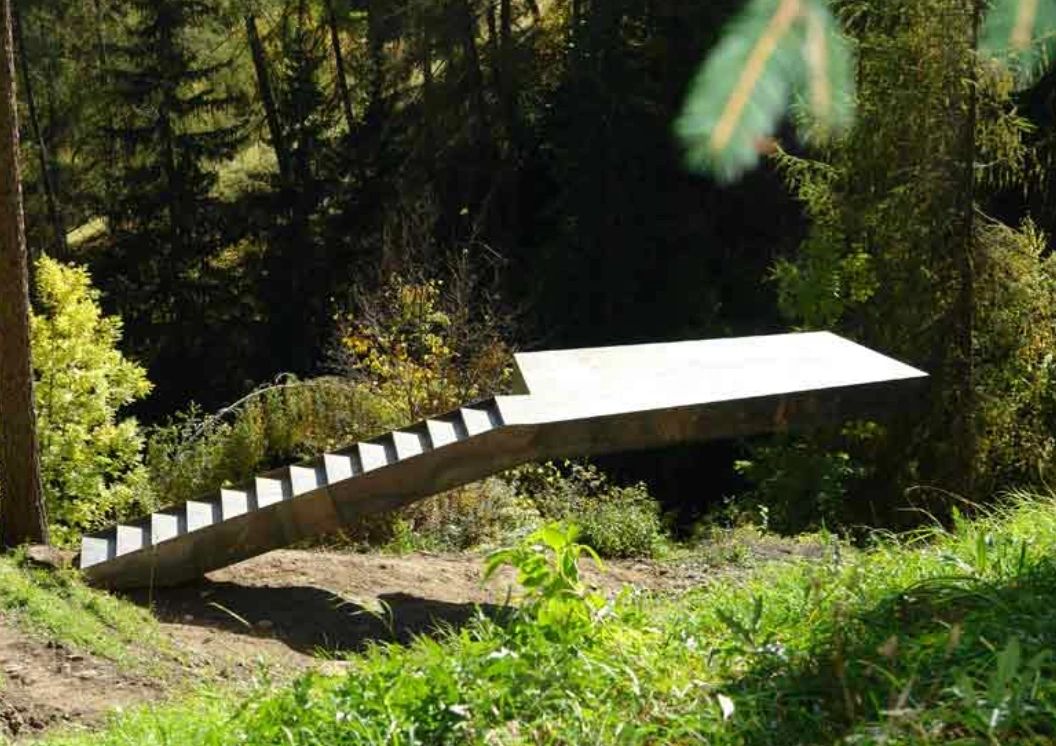
Not Vital studied at the Centre Universitaire Expérimental in Vincennes and continued as an autodidact, notably during a stay in Rome. Since then, he has traveled on every continent, setting up studios in New York, Lucca, Beijing, and Agadez. In the 1980s, he created his first three-dimensional works. Vital’s inspiration comes from his encounters, impressions, and collaborative projects among different cultures worldwide. Working in diverse media across sculpture, installation, paintings, and drawings, Vital’s works frequently blur the boundaries between reality and the surreal.
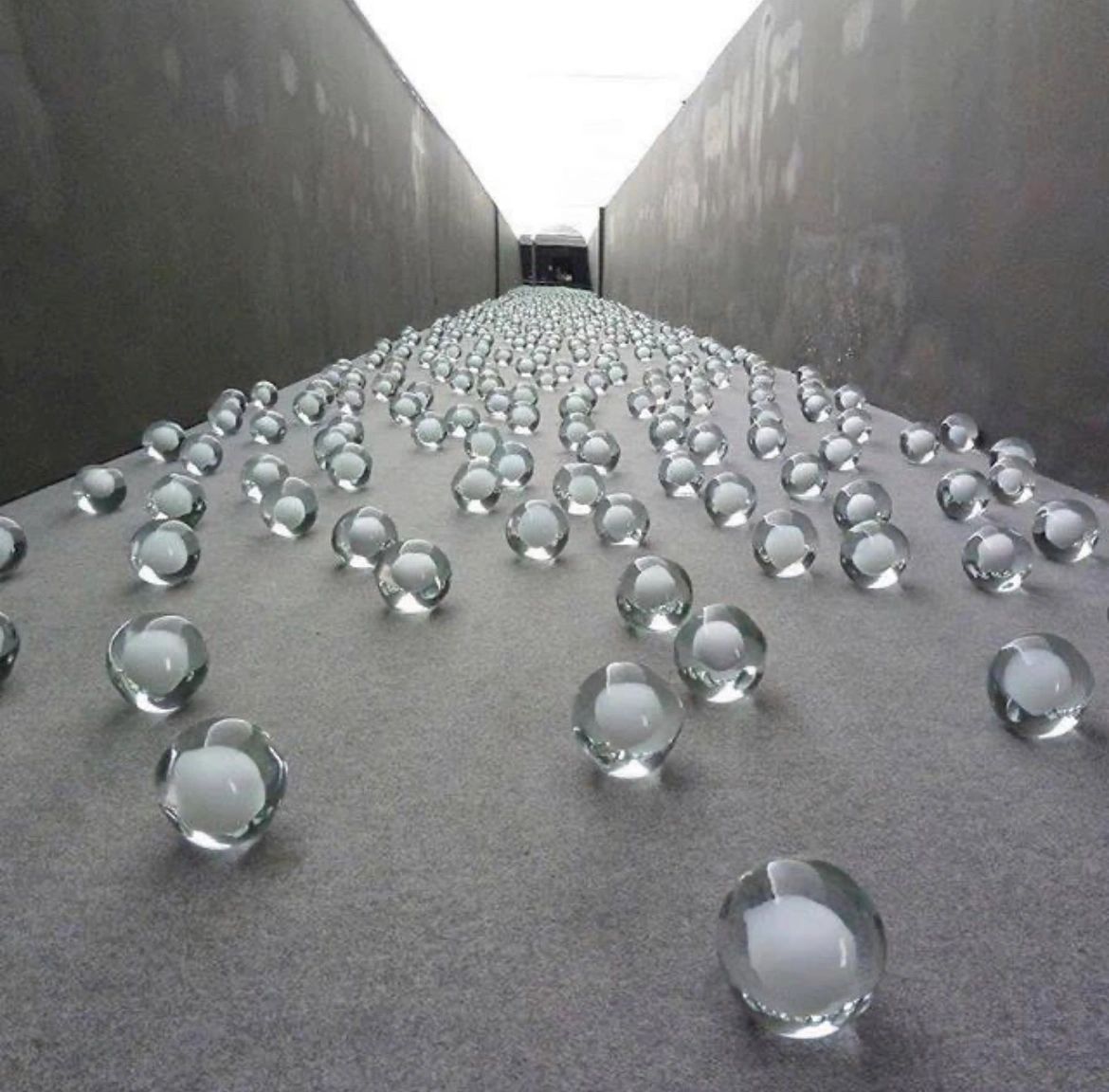
Not Vital’s Foundation (Fundaziun Not Vital) in Ardez aims to return prints, particularly from the 17th and 18th centuries, to their origins as part of a Rhaeto-Romanic library. The foundation also includes an art collection where his works gather with works from other artists. In 2010, he participated in the competition to redesign the chancel of St. Gallen Cathedral. He won the Art-et-Architecture competition with his “No Problem Sculpture” for Zurich’s Mobimo Tower, a high-rise building completed in 2011.
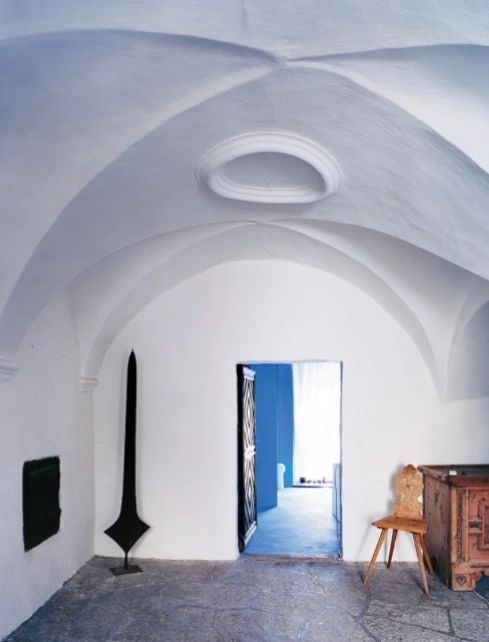
Vital’s works are shown in major museums and galleries and in public spaces worldwide. In 2013, during the Venice Biennale, 700 Snowballs were on view at the Isola di San Giorgio Maggiore (Venice, Italy). Confirming Vital’s interest in traditional manufacturing processes, the work comprises 700 glass balls individually blown by a master glassblower in Murano—a location in Italy famous for glassmaking—and laid upon the floor. Similarly, “The Last Supper”—a ceramic panel with 13 abstract black splotches depicting Christ and his Apostles—was produced in Jingdezhen, a Chinese city known for producing porcelain. “The Last Supper” was made for Vital’s Bataan Chapel, a concrete structure he built in a small town 50 kilometers west of Manila with the support of the non-profit foundation Bellas Artes Projects. Constructed as a polygon with a steel door and a narrow opening to allow dramatic beams of sunlight in, the chapel’s floors are designed to be flooded with water. Despite seemingly Christian references in work—including the use of the word ‘chapel’ in the title and the inclusion of The Last Supper—Vital steers away from monotheism by affixing onto an interior wall an antique wooden statue of the rice goddess Bulol that was carved by the northern Filipino Ifugao tribe. Additionally, the water that floods the chapel might be seen as an allusion to the concept of walking on water and as a nod to the rice fields and agricultural economy of the Philippines.
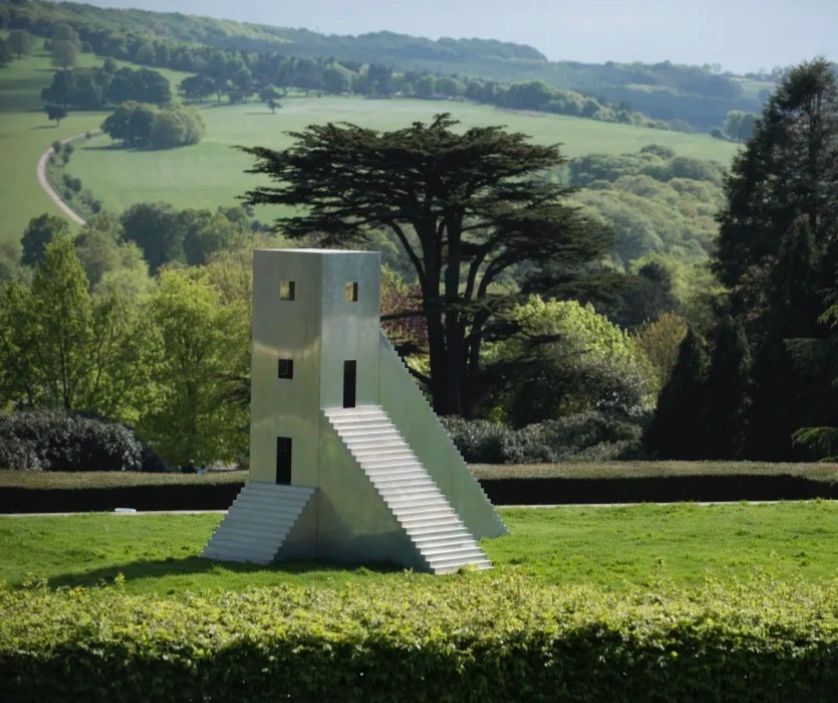
Vital is also active in architecture, following his desire to build different “houses,” or more sculptural places, on every continent of the world. Works such as his Bataan Chapel, Makaranta, and Sunset House investigate the boundaries delineating art and architecture. To describe these works, Vital coined the term ‘SCART,’ referring to sculptural architecture with a social aspect. While appearing as actual buildings, these structures are often devoid of infrastructure, created for particular purposes that exclude inhabitation.
In 2016, Yorkshire Sculpture Park hosted the artist’s first major exhibition in the United Kingdom. Works from the past three decades of Vital’s career, such as 80 Cow Dungs (1990–ongoing)—an edition of 1000 pats of cow dung initiated on Vital’s first visit to Nepal in the late 1980s and cast in bronze—were placed on display alongside newer, site-specific pieces. Prominent amongst these pieces was a site-specific aluminum bridge that enticed visitors to the lakeside areas, mirroring how 18th-century follies marked critical vantages.
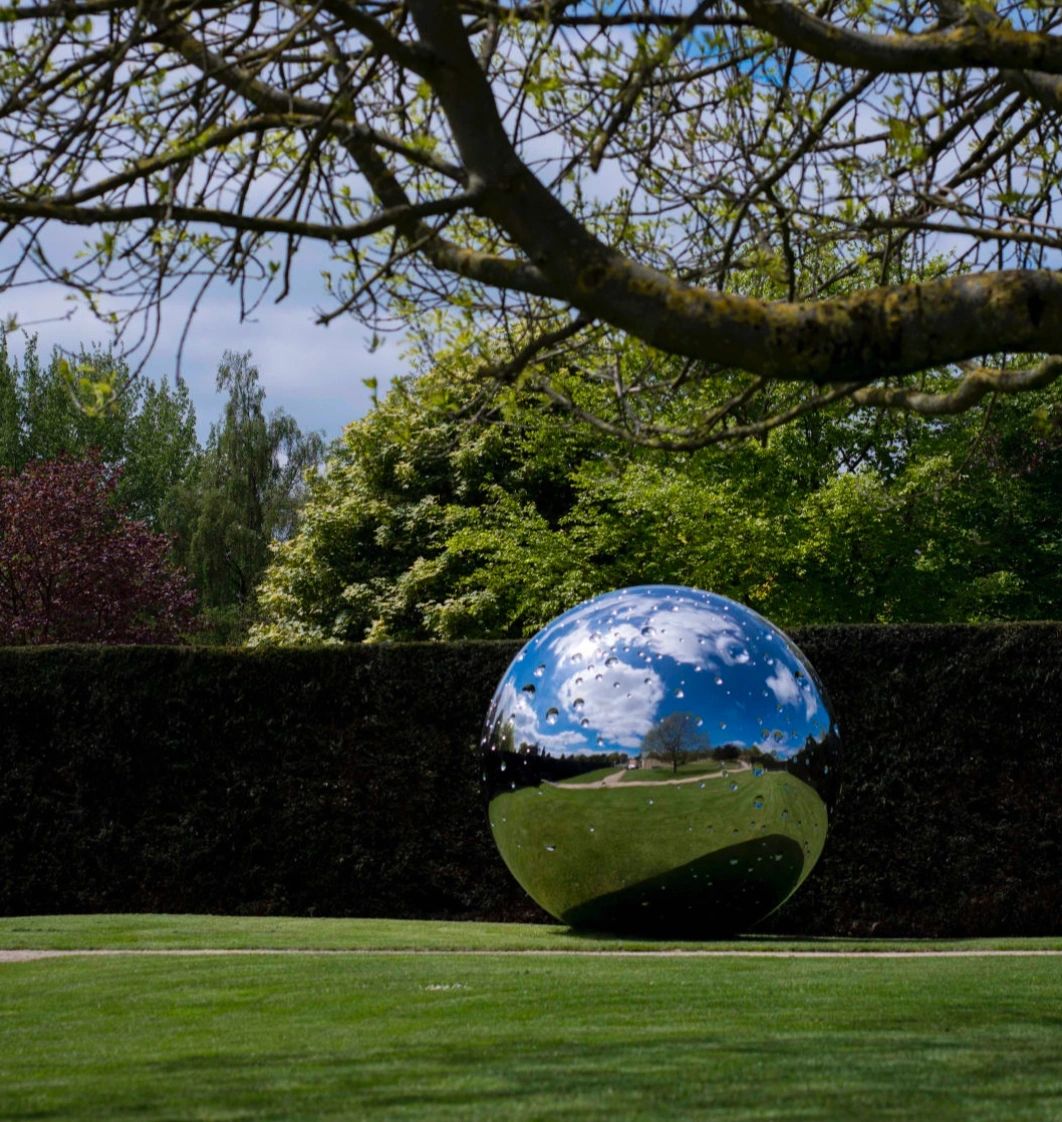
In 2022, Pascal Hofmann’s film, “NOT ME – A Journey with Not Vital,” tracing the artist’s career, was released. Recently, he has had solo exhibitions at the Museum der Moderne Salzburg (Austria), Hauser & Wirth Somerset (UK), Wilde (Basel, Switzerland), and Yorkshire Sculpture Park (Wakefield, UK), among others. Recent group shows include ones at the Kunstmuseum St. Gallen (Switzerland), Kunstmuseum Basel (Switzerland), Louisiana Museum of Modern Art (Humblbæk, Denmark), Mori Art Museum (Tokyo, Japan), and Peggy Guggenheim Collection (Venice, Italy). In 2001, the artist’s work was featured in Plateau of Humanity at the 49th Venice Biennale. Further group shows include ones at the Bass Museum of Art (Miami Beach, USA), Ullens Center for Contemporary Art (Beijing, China), MoMA New York (USA), Victoria and Albert Museum (London, UK), Galerie Guy Bärtschi, now Wilde (Geneva, Switzerland), Philadelphia Museum of Art (USA), Guggenheim Museum New York (USA), Kunsthalle Basel (Switzerland), Kunsthaus Zürich (Switzerland), Brooklyn Museum (USA), National Gallery of Art Washington (USA), The Metropolitan Museum of Art (New York, USA) and Kunstmuseum Lucerne (Switzerland). Vital’s works are featured in collections around the world: Solomon R. Guggenheim Museum New York (USA), Kunstmuseum Bern (Switzerland), Kunstmuseum Luzern (Switzerland), Museum of Fine Arts (Boston, USA), Philadelphia Museum (USA), The Museum of Modern Art (New York, USA) and The Brooklyn Museum.
